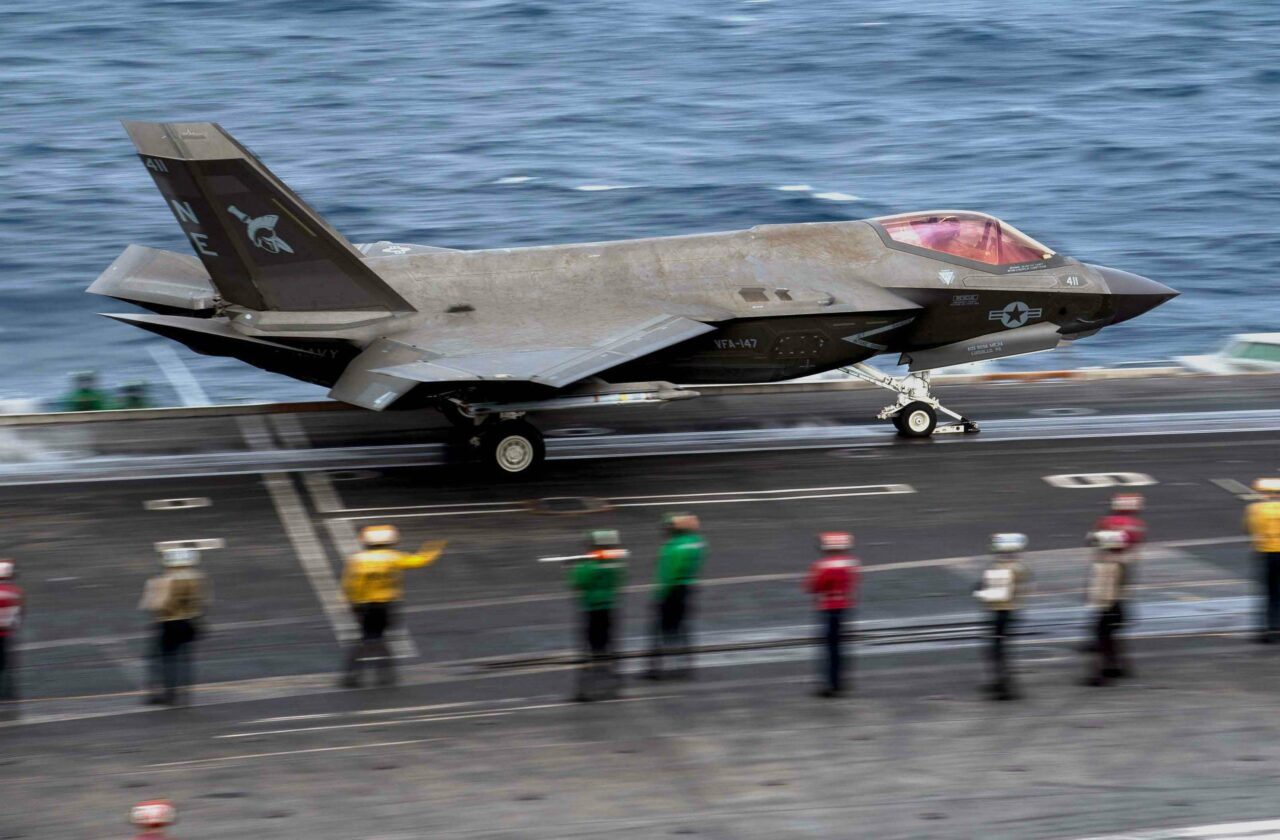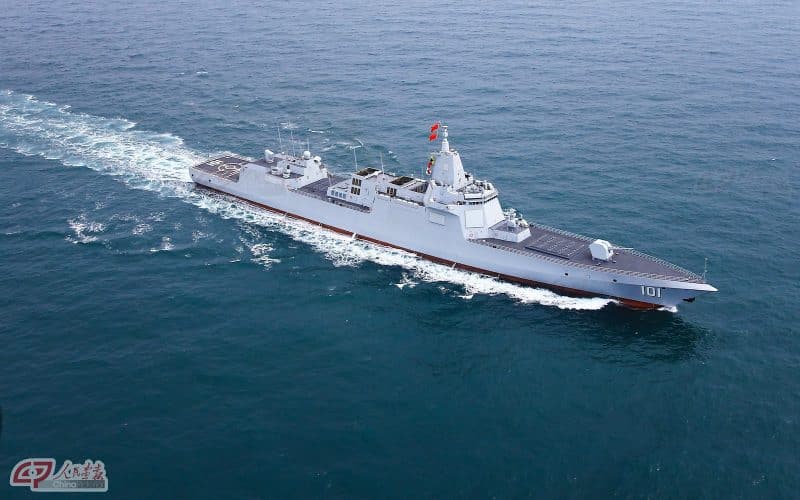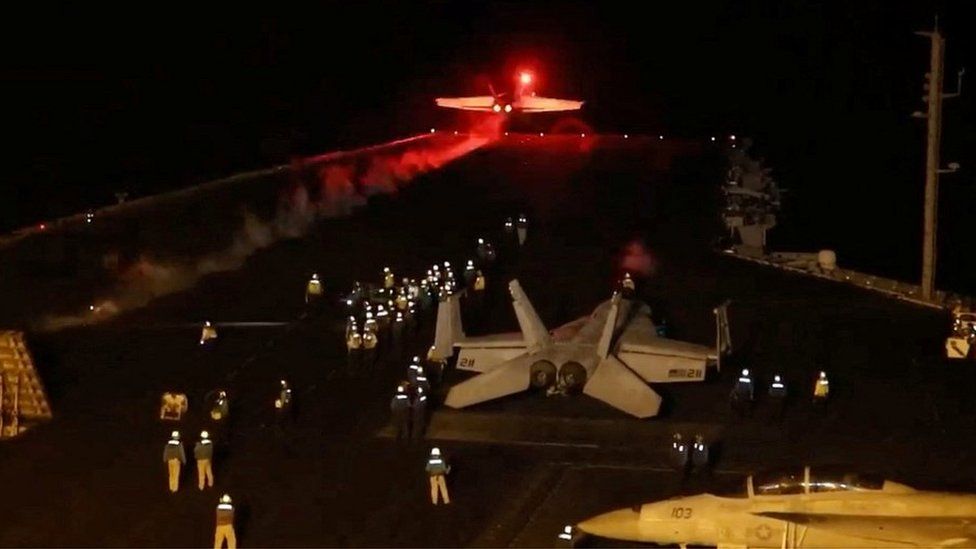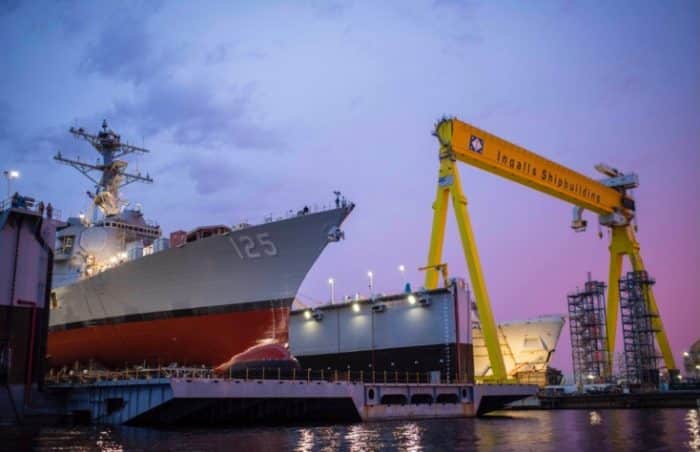Carlos Del Toro, Secretary of the Navy, announced that he has launched a comprehensive review of the US naval industry to address the various challenges facing the US Navy today. Indeed, while they will have to increase the production rates of surface ships and submarines, American shipyards are currently unable to meet planned delivery schedules.
In this section:
The US Navy was, and remains today, the most powerful naval force on the planet, fielding half the fleet of nuclear attack submarines, large aero-amphibious assault ships and 93% of the planet's nuclear aircraft carriers.
Its air force is so important that it ranks 3rd in the world in terms of combat aircraft, behind the US Air Force and the People's Liberation Army, but ahead of Russia or India.
The three challenges facing the US Navy today and in the years to come
However, there is undoubtedly a wave of concern, if not panic, in the Pentagon, concerning the future of this naval supremacy essential to establish the position of the United States on the world geopolitical scene. Because the US Navy, today, faces three concurrent challenges, which it is struggling to meet.

The rapid rise of the Chinese Navy and its military naval industry
The first of these has been identified since the mid-2010s, with the very rapid rise in power of the Chinese Navy, but also of the industrial tool producing ships, submarines and aircraft at a very sustained pace for the PLA.
In just a few years, the three Chinese fleets of the north, east and south have admitted a large number of ships into service, allowing them to surpass, since 2020, the US Navy in terms of number of hulls, if not yet tonnage and operational capacities.
Even more recently, shipyards have shown that they now know how to produce combat ships on a par with those of the US Navy, such as the Type 055 heavy destroyers against the Arleigh Burke destroyers, or the LHD Type 075 against the America class.
If, in the field of nuclear-powered aircraft carriers and submarines, progress remains to be made with the Type 003 Fujian or the Type 095, everything now indicates that the Chinese Navy will very soon be able to compete with the US Navy in the technological field.

The rise in power of the Chinese Navy, but also of its naval aviation, its air force and its marine infantry, are all the more worrying for the US Navy, as Beijing continues to toughen its discourse and increase his demonstrations of force around Taiwan.
However, if the PLA were to attack the autonomous island, or more likely, to impose a naval and air blockade on it, it is likely that the US Navy will have to intervene, and potentially confront it, what is more in a unfavorable strategic plan since it is very close to the Chinese coast.
The multiplication of hot spots on the planet and the dispersion of available American naval forces
Added to this challenge is a second one, and it is also significant. Indeed, Taiwan is far from being the only hot spot on which the US Navy must intervene today. It has, in fact, had to increase its presence in the Mediterranean to support its Israeli ally, in the Middle East facing the Iranian and Houthi threat, as well as around the Korean peninsula, while the regime of Kim Jong Un, multiple threats and provocations against his neighbor.
As for the war in Ukraine and the rise in tensions between NATO and Russia, it is forcing the US Navy to toughen up its posture in the North Atlantic and in the arctic, to contain Moscow's powerful submarine fleet.

Therefore, while the Chinese threat alone requires almost all of the means available to the US Navy, to ensure a status quo preventing escalation or any adventurism from Beijing, it must, at the same time, deploy a large number of naval units in other theaters, to contain or protect them, and here again, avoid overflows or the extension of existing conflicts.
Failing naval planning and a recovering American naval industry

75% of this article remains to read,
Subscribe to access it!
The Classic subscriptions provide access to
articles in their full version, and without advertising,
from 6,90 €.
Newsletter subscription
Register for the Meta-Defense Newsletter to receive the
latest fashion articles daily or weekly


Hello
You say, the LHD type 055. It is in fact type 075.
For yourself
Thanks for the typo, it's corrected)